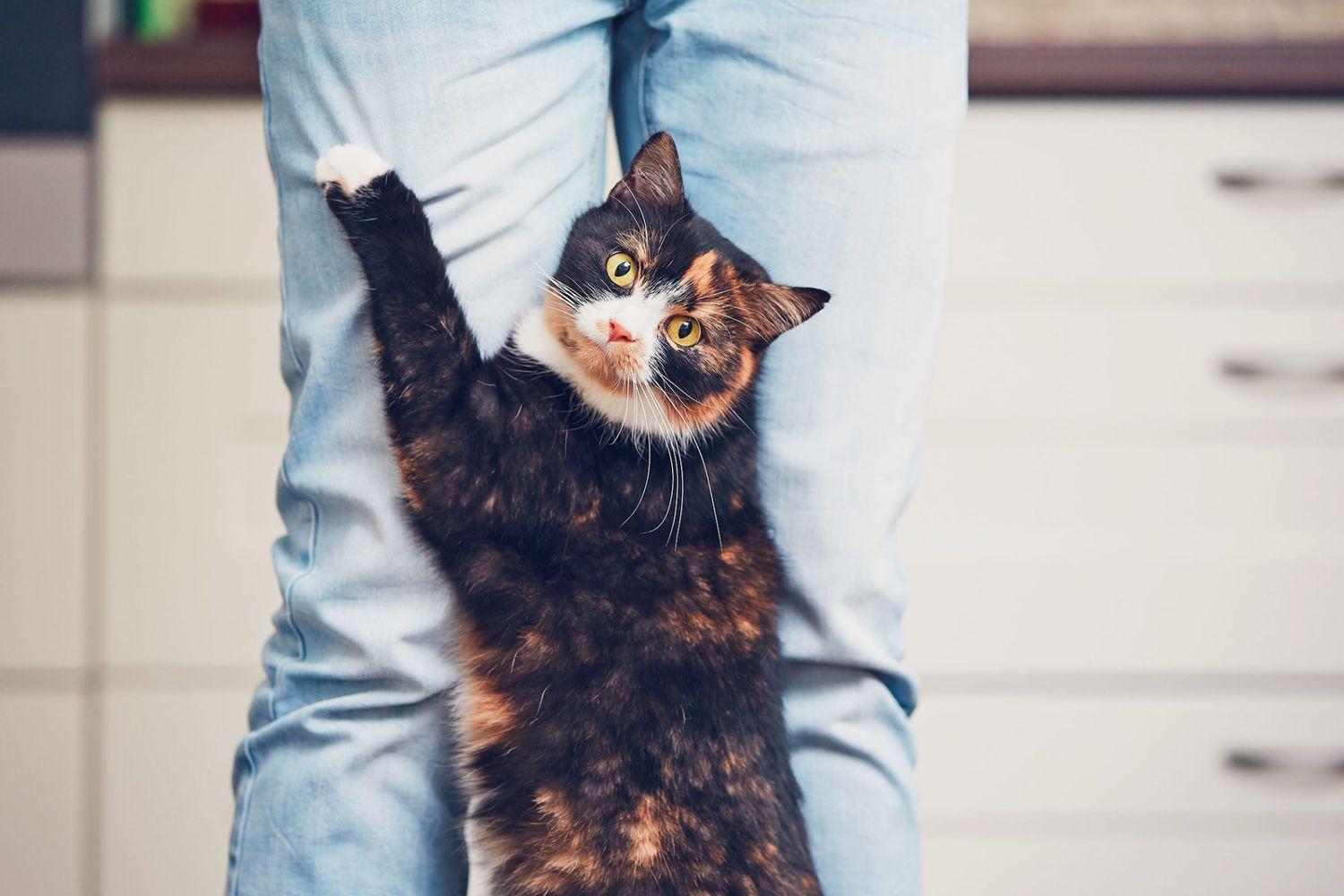The Science Behind Odor Control in Cat Litter

Cat litter and litter boxes play an essential role in the lives of both cats and their owners. From the simple starts of sand and soil to the ingenious advancements of today, the world of cat litter has developed substantially. In this thorough guide, we explore every aspect of cat litter and litter boxes, exploring their history, types, benefits, challenges, and everything in between.
The history of cat litter dates back centuries, with ancient civilizations using sand, soil, and even ashes as primitive litter materials. However, it wasn't until the mid-20th century that modern cat litter as we know it emerged. In 1947, Edward Lowe introduced the world's first industrial cat litter made from absorbent clay, reinventing the method cats relieved themselves inside your home. Considering that then, cat litter has actually gone through various changes, with the introduction of clumping litter, silica gel litter, biodegradable options, and more.
Today, cat owners are spoiled for option when it pertains to picking the best litter for their feline buddies. Conventional clay litter remains popular for its affordability and effectiveness in soaking up smells. Clumping litter, which forms strong clumps when wet, simplifies cleaning and upkeep. Silica gel litter, made up of extremely absorbent silica crystals, offers superior smell control and durability. Naturally degradable options, such as recycled paper, wood pellets, corn, and wheat, appeal to ecologically mindful consumers.
Each type of cat litter uses special benefits. Clay litter masters its ability to cat litter alternatives soak up wetness and control odors, making it a dependable choice for lots of feline owners. Clumping litter simplifies daily scooping and extends the time between complete litter modifications. Silica gel litter provides exceptional smell control and can last longer between replacements. Biodegradable litters use a sustainable alternative that minimizes ecological effect.
While cat litter enhances indoor feline health, it is not without its difficulties. Dust from clay litter can posture breathing threats for both felines and humans, prompting the popularity of dust-free options. Some cats might develop litter box hostility due to problems with texture, aroma, or cleanliness, necessitating experimentation with various litters and box configurations. Multi-cat families may need strategic litter box positioning and frequent upkeep to prevent territorial conflicts and ensure all felines have access to clean facilities.
Picking the proper litter box is vital for promoting positive litter box practices and overall cat litter box furniture feline wellness. Factors to think about include size, accessibility, and style preferences. Covered litter boxes provide personal privacy and aid contain odors, however some cats may discover them confining or daunting. Open-top litter boxes use easy access and exposure but may lead to more litter scatter. Automatic self-cleaning litter boxes improve upkeep however need regular monitoring and upkeep.
Appropriate litter box upkeep is important for guaranteeing a tidy cat litter alternatives and inviting environment for both cats and their owners. Daily scooping gets rid of waste quickly, decreasing odor and dissuading litter box hostility. Regular litter replacement, generally every 1-2 weeks, avoids bacterial accumulation and keeps optimal absorbency. Thorough cleansing with moderate detergent and water, preventing extreme chemicals that may hinder cats from using package, ought to be carried out monthly.
Cat litter and litter boxes play a main function in promoting a healthy and unified relationship in between cats and their human companions. With a diverse variety of litter alternatives and litter box designs readily available, feline owners have the flexibility to customize their options to suit their cats' preferences and home requirements. By comprehending the evolution, types, benefits, and challenges of cat litter and litter boxes, animal owners can supply their feline friends with a comfortable and sanitary indoor environment.